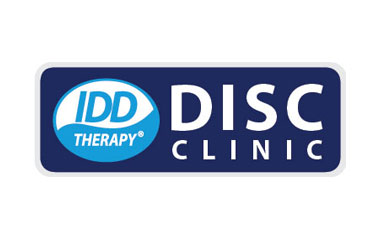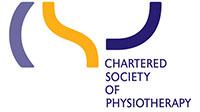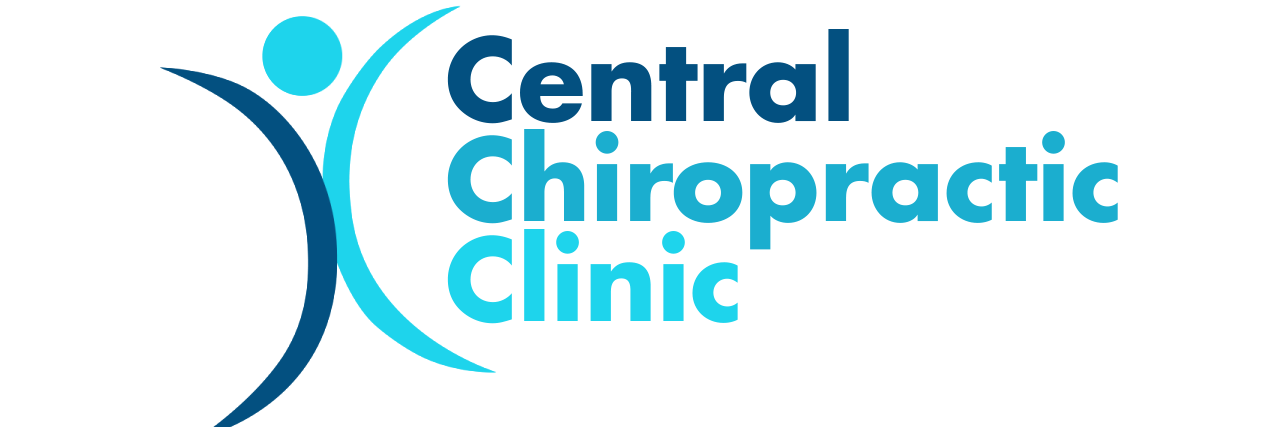
Frequently Asked Questions
Chiropractors use their hands to adjust the joints of your spine and extremities where signs of restriction in movement are found, improving mobility and relieving pain. Your body’s own healing processes (which we normally recognise in its ability to heal bruises, cuts and broken bones) will then be able to get on with the task of improving your health. This treatment is known as ‘adjustment’ or ‘manipulation’. As well as using manipulation, your chiropractor may use ice or heat treatment, as well as other techniques, having explained exactly how they work. Poor, inadequate or incorrect function in the spine can cause irritation of the nerves that control our posture and movement. This spinal nerve stress (which may be caused by factors such as accident, poor diet, lack of exercise, poor posture and anxiety) can lead to the symptoms of discomfort, pain and even disease which are a warning that your body is not functioning properly.
Chiropractic treatment is suitable for everyone, including the elderly, pregnant women and sports enthusiasts. Once you are better, your chiropractor will help you to maintain your own health, and keep your body working as it should, by offering exercise and lifestyle advice for you to follow in the future.
Until recently this was difficult to judge. In 1994, Parliament passed the Chiropractors Act which led to the establishment of the General Chiropractic Council (GCC). This is an independent body established to regulate the profession, to assess each chiropractor’s standard of education and competence to practice. As of 14th June 2001 no one may use the title ‘Chiropractor’ unless they have been assessed by the GCC and are on the Register. Due to the exacting standards set by the GCC, one may be confident that registered chiropractors are competent and safe.
Although the basic tenets of Chiropractic are universal, there are many different approaches to treatment. Different treatment techniques suit different people and so we tend to use a mixture of techniques, tailoring treatment to the individual. In terms of analysis, we use principles developed in sacro occipital technique, applied kinesiology and motion palpation. Overall there is an emphasis on gentle effective techniques used to facilitate the body’s own healing processes.
Historically, these two schools of thought emerged separately within the United States at the end of the nineteenth century. In Britain, chiropractic and osteopathy have grown along convergent paths and now our similarities in terms of concepts and techniques outweigh our differences. In general terms a few differences remain: chiropractors are trained to take and interpret radiographs (X-rays) whereas osteopaths are trained only in their interpretation. For this reason, X-ray analysis is more widespread in chiropractic practice. Osteopaths do not practice Sacro Occipital Technique. In comparison to chiropractors, osteopaths tend to place more emphasis on soft tissue/muscle work and articulation/mobilisation of joints.
Some people experience minor transient effects following treatment. These effects typically may include localised muscle stiffness or discomfort, mild headache or a feeling of fatigue. These feelings tend to be mild in nature and they quickly subside.
Lubricating fluids are found between the surface of the spinal joints. Some adjusting techniques move these surfaces apart very quickly. A bubble of gas forms in the liquid due to a change in pressure making a “pop” sound. The same phenomenon occurs when opening a champagne bottle. This may sound very loud in the upper neck as the sound is transmitted directly through bone into your inner ear.
Generally speaking chiropractic treatment is very safe. Part of chiropractic training involves learning to recognise circumstances where manipulation would not be appropriate – for example, where there is an infection of the intervertebral disc.
Throughout their extensive training chiropractors are taught to recognise any conditions that do not fall within their scope of practice. In this situation the chiropractor will refer the individual to the appropriate healthcare professional. The following list includes some (but not all) of the conditions where such referral might take place:
- Acute inflammatory arthritis
- Boney fracture or dislocation
- Infection of the bone, joint or disc
- Myelopathy (disease of the nervous system)
- Malignant change (cancer)
Several factors are considered when determining your treatment plan, including the results of your examination, when your symptoms began, your daily activities, and your level of stress. Every case is different, but most patients begin to respond favorably within the initial weeks of care. Once pain relief is obtained, many patients choose to continue with periodic visits, to maintain the results they’ve achieved. By emphasizing patient education, you become as self-reliant as possible. How long you decide to continue to benefit from chiropractic care is ultimately up to you.
Applied Kinesiology (AK) is a system that uses muscle testing as a tool for the evaluation of the functioning of the regulatory systems of the body. AK uses the triad of health – structural, chemical and mental factors which interrelate with one another to determine the state of the individual’s health. When a person experiences poor health one can look for the cause in an imbalance of one or more of these three factors. For example, a structural problem can affect the chemical balance of the body. In this case, that which initially appears to be a chemical imbalance may not properly resolve until the underlying structural fault is corrected.
Sacro Occipital Technique (SOT) was researched and developed by Dr M.B. DeJarnette, a chiropractor who worked in the United States. SOT is a comprehensive technique that uses body indicators in a precise and structured process to determine skeletal, cranial, neurological and visceral malfunctions and compensations. From the patient’s perspective, SOT is a particularly gentle but effective treatment system.
Your chiropractor will begin your first consultation by taking a full case history. Then you will be given standard orthopaedic and neurological tests and the movement of your spine and joints will be checked. If X-rays are necessary to assist the diagnosis, some practitioners will use their own, fully certified and maintained equipment, while others will use the facilities of the local hospital. All BCA chiropractors are trained and qualified to take and interpret X-rays. If your chiropractor identifies any underlying condition for which another treatment is appropriate, you will be referred to your GP or another specialist without delay. As well as using manipulation, your chiropractor may use ice or heat treatment, as well as other techniques, having explained exactly how they work.
Particularly for low back pain, yes. The Clinical Standards Advisory Group recommended in 1994 that there should be earlier access to manipulative therapies and a redistribution of resources within the NHS to make this happen. In September 1996 the Royal College of General Practitioners issued guidelines for GPs which recommend manipulative treatment within the first six weeks for patients with low back pain. They also state that the risks of manipulation are very low in skilled hands. Now research is beginning to concentrate on how chiropractic affects other areas of the musculoskeletal system, including a trial at the University of Odense in Denmark (1) on the effect of spinal manipulation in the treatment of neck-related headache and a Canadian patient satisfaction study (2) which shows chiropractic as an effective means of resolving or improving back and/or neck pain. References Nilsson N, Christensen HW, Hartvigsen J, The Effect of Spinal Manipulation in the Treatment of Cervicogenic Headache, J Manipulative Physiol Ther 1997; 20:326-330 Verhoef MJ, Page SA, Waddell SC, The Chiropractic Outcome Study: Pain, Functional Ability and Satisfaction with Care, J Manipulative Physiol Ther 1997, 20(4):235-240




GET IN TOUCH
Tel: 02476 222002
Email: info@centralchiropracticclinic.co.uk
Address: 12 Park Road, Coventry, Warwickshire, CV1 2LD
CLINIC HOURS
Monday – Friday: 7:30am – 7pm
Saturday: 8am – 1:30pm
